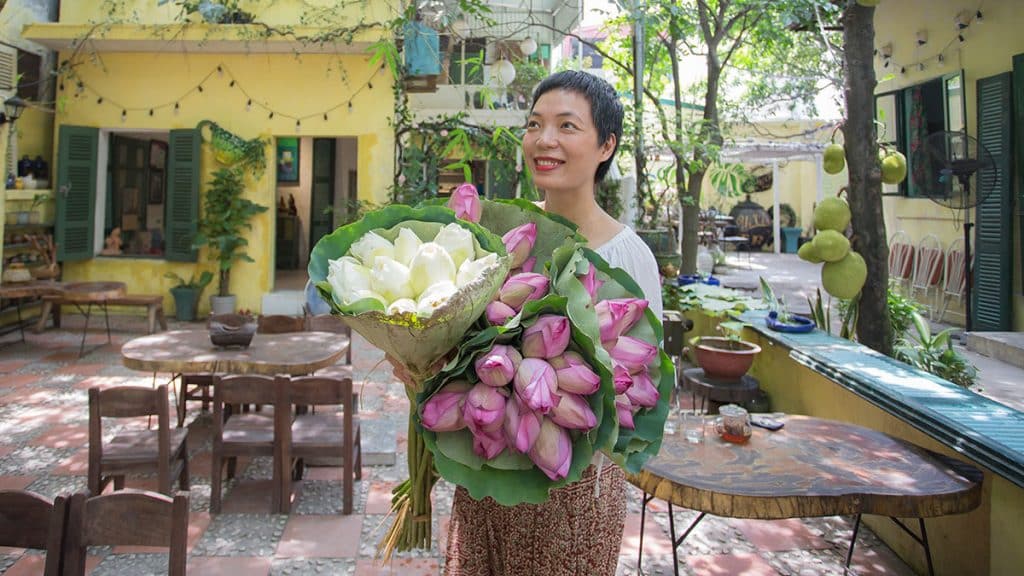Art & Culture
[Interview] One of Vietnam's leading filmmakers discusses her art
Fimmaker Nguyen Hoang Diep sits down with Chào to talk about making movies, Hanoi, men, and more
Fimmaker Nguyen Hoang Diep sits down with Chào to talk about making movies, Hanoi, men, and more
Published
6 years agoon
By
Lotus Chen
Nguyen Hoang Diep is a Vietnamese independent film director who has won significant international recognition and awards for her work. She produced the feature “Bi, Don’t Be Afraid,” which premiered at the 2010 Cannes Film Festival. Her directorial debut came in 2014 with the critically acclaimed “Flapping in the Middle of Nowhere,” which Variety described as a “delicate examination of class and carnal coming-of-age,” saying that Diep was “preoccupied with the heightened, liberated sexual awareness of her country’s youth.”
Chào was fortunate enough to sit down and interview Diep as part of the UNESCO project “Mobilizing film professional for regional cooperation in Asia,” where we discussed empowering women through film, and much more.
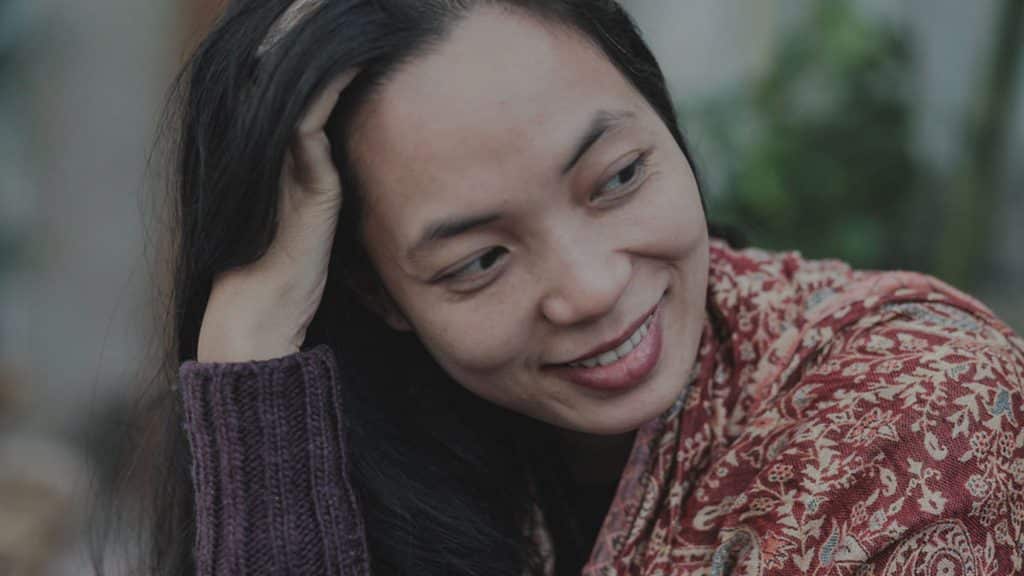
Tran Anh Hung (“Scent of Green Papaya“), the well-known French-Vietnamese filmmaker contributed to your successful debut. How much has he and his work influenced you?
“From my point of view, he is a well-respected teacher for our filmmaker generation. I participated in one of his short courses, and then I was fortunate to have a chance to consult with him on my following works. Though my production work for “Bi, Don’t Be Afraid” was rather independent, I discussed the plot and the final cut for my debut “Flapping in the Middle of Nowhere” with Hung a lot. Actually, I often share my thoughts and ask for his opinion. Hung is always supportive and helpful despite his busy schedule.”

Do you think your films can have an effect on social change?
“I used to simply think that I make movies because I love making movies. However, after I did my first movie, I had to wait a long time to begin my second one. I spent that time doing a lot of things that I had never had a chance to do before. Then, I realized that apart from making movies, I felt very excited about doing other new things.”
“Then at some point, I thought it was good for me to go to prison. My plan was simple, once in prison, I would be free 24/7 and would read to my heart’s desire. “
“One of these things is relating to social change, that for me, it could change the world. I personally love community work lighting up change in society, and without doubt I also have a desire for art-inspired community campaigns. It was then that I understood I really want to make films for social contribution.”
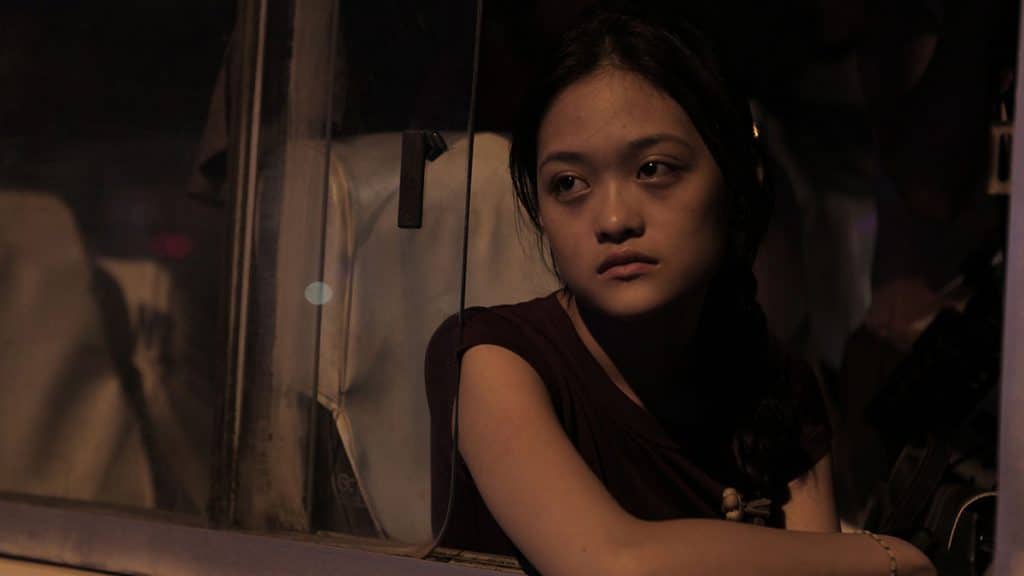
In “Flapping in the Middle of Nowhere” you use lots of metaphors, such as rain, and goldfish being poured into a toilet bowl, etc. Why did you choose these? You create such a mysterious atmosphere in some scenes, how do you find a balance between artistic expression and realism?
“Explaining all these things is quite boring, so I chose a more intriguing way by making a film. I think it would not work if I tried to explain. In fact, I do not think I can explain it without the movie language.”
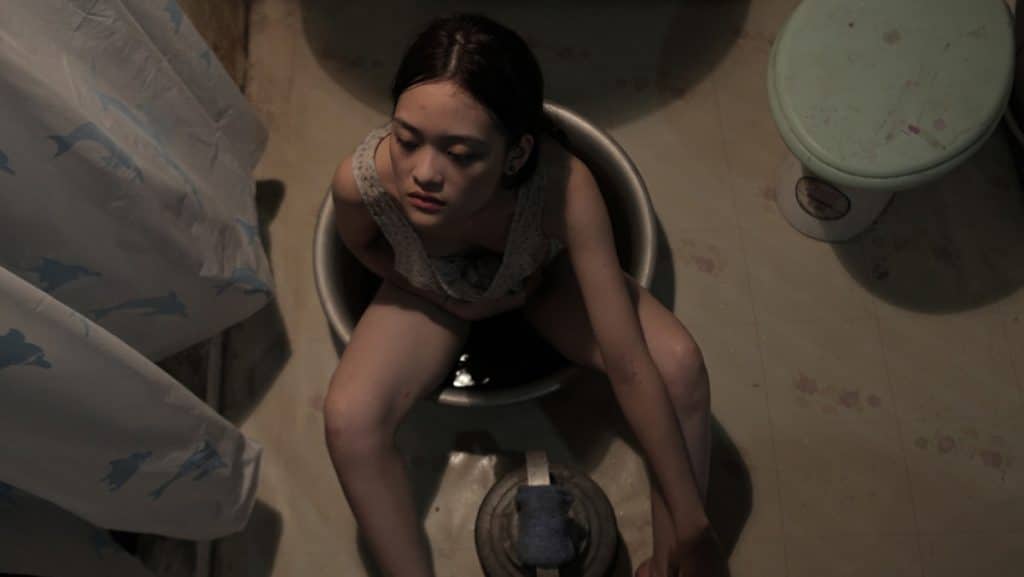
What kind of childhood did you have? Why did you choose to be a filmmaker? Did you make your own career decisions when you were young?
“Normal. I think so. Everything about me is normal, even a bit boring. If there is anything worth mentioning, it was the fact that I was the biggest baby of the entire family. I was a huge baby when I was born. I was also delivered to this world in a big sack, just like a dinosaur egg. I began speaking very early and often gathered people around, and made up stories to tell them. People would always ask me more about my stories, like what will happen next?
Actually, I wanted to be an actress. However, by chance I took the entrance exam and scored the highest in the director’s class of that year. Then I decided to go ahead and make movies. When in high school, I often thought that I would save up enough money to buy skin whitening cream. At that time, to become an actress you needed to be pretty, which also meant fair skin was very necessary. But I was not too keen on skin whitening since I loved reading more than sitting in front of the mirror and applying lotion on my body.”
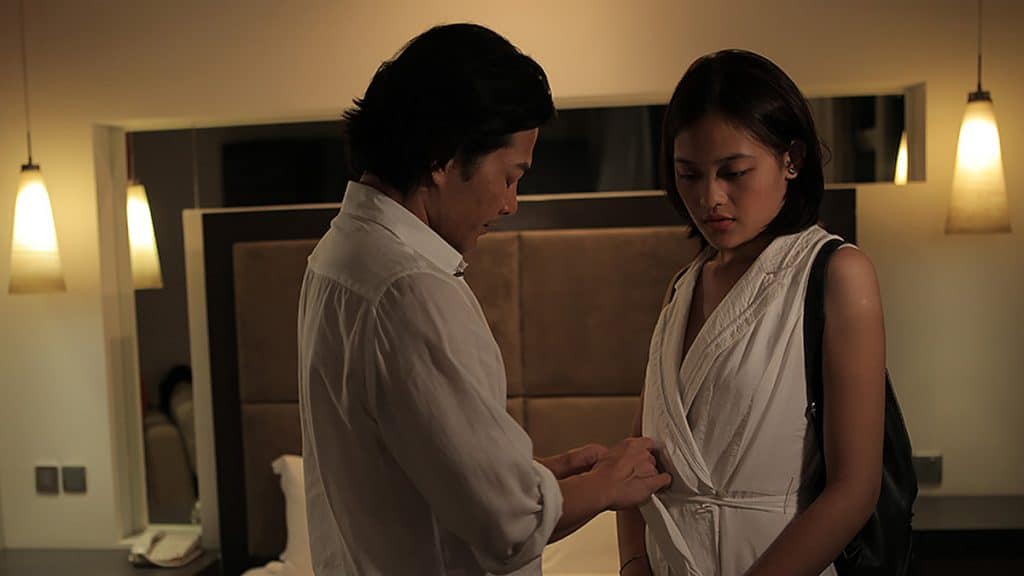
“I don’t look down on men, I’m just presenting a fact that men will often disappear when women need them. That’s all.”
“Then at some point, I thought it was good for me to go to prison. My plan was simple, once in prison, I would be free 24/7 and would read to my heart’s desire. Then I began thinking that female prisoners would have to practice singing and dancing all day, and I wasn’t too gifted on that front. So I shifted gears one more time. (This dream will be filmed one day).”
What is your advice to female filmmakers in Vietnam?
“For this question, I think if you’re a woman and you love making films, you need to consider quite seriously when to get married and have children.
My marriage is OK, my children—my little monsters—are adorable, but if you ask for my advice, there’s nothing else I can say.”
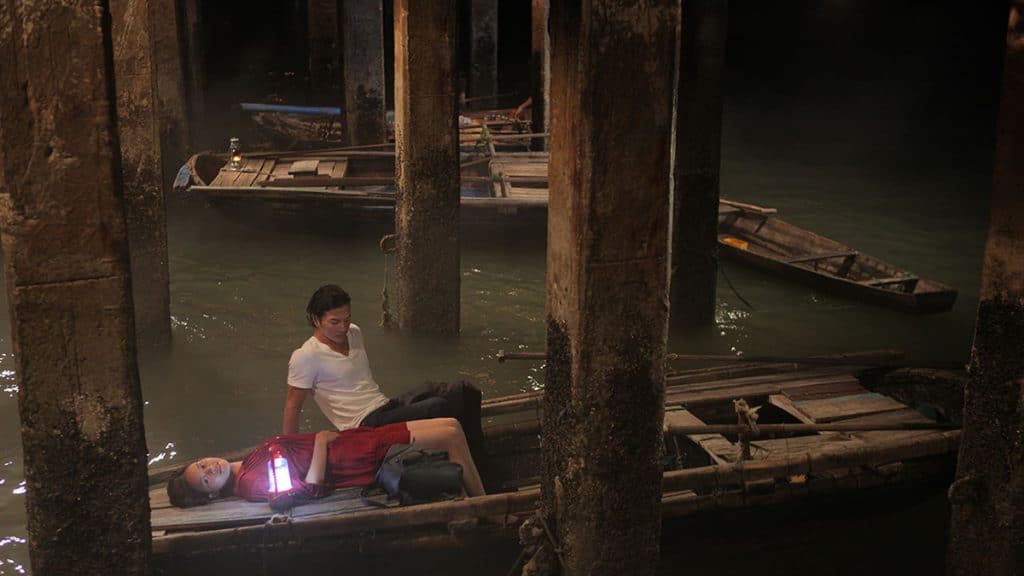
Are you a feminist? It seems that men are the root of Vietnamese women’s pain and agony in “Flapping in the Middle of Nowhere”?
“I don’t look down on men, I’m just presenting a fact that men will often disappear when women need them. That’s all. As for the root of pain and agony for Vietnamese women, I thought it was the same in other parts of the world. No?”
In the film you choose to shoot on Hanoi Train Street, an area that has been the focus of much attention from the western media. These days it has become a tourist destination. What was your decision behind this?
“Oh, the railroad track at Phung Hung Street where we shot the film – Huyen’s neighborhood. It was very funny. When I first started shooting the movie, no one was paying any attention to this place. I chose it because I wanted to depict a Hanoi that was crowded, intimate and wild. That neighborhood also holds a lot of my memories.”

“I’ve been to many places but I love Hanoi the most. It’s a rather possessive sort of love. I want the city to develop, but at the same time I fear that it will be changed.”
“However after the movie was screened, the audience of the film from around the world (from Israel for example) came to Hanoi and organized a tour (quite pricey) and sought out this place. Gradually after a few years, I realized that many cafes have since sprung up, there are now many tours, and it has become a rather popular check-in location. And to think it started with the audience from faraway places.
It was fun to tell, but it made me think. This is now a touristy place. I wonder if it’s even suitable for films!”

Do you have any story to share about culture’s role in urban sustainable development? You have been to so many different cities in the world, do you have a favorite place? Could you tell us a little more about how culture helps great cities or towns to be people-centered and gain a reputation as cultural centers?
“I’ve been to many places but I love Hanoi the most. It’s a rather possessive sort of love. I want the city to develop, but at the same time I fear that it will be changed. But it has to, it has to develop fast enough to adapt to its surroundings. There are nice things in that development, but it’s not always the case. There are too many new things, things that appear at the pace of a fast-flowing river. I think it needs to find some way to retain the nutritious soil that this river used to hold.
Culture in itself can be magical, but it has to be a culture practiced almost incessantly by people in a place, not the type of culture written in documents and read aloud in presentations.”
